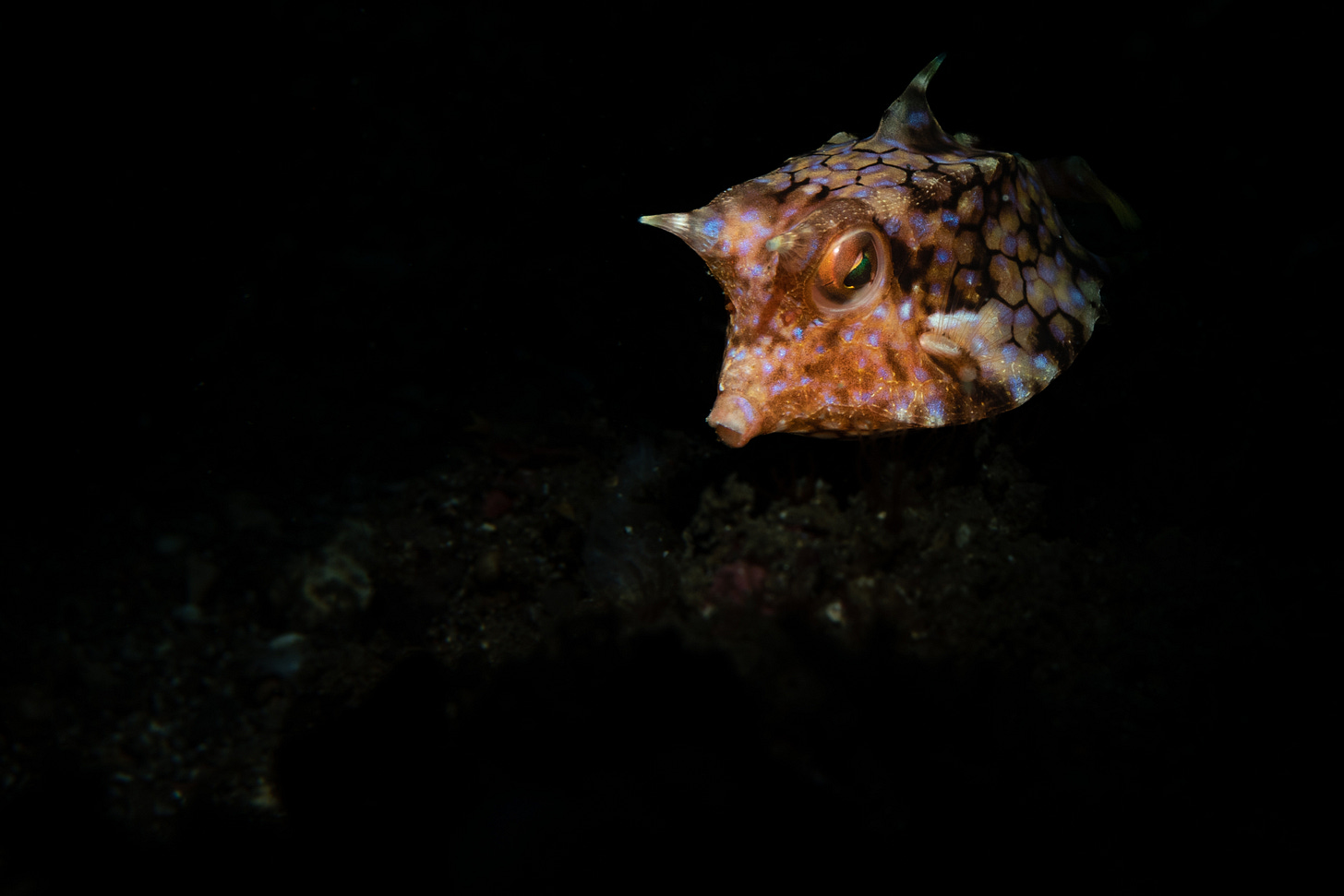Welcome to the latest edition of the Big Blue Bulletin – things have changed just a little bit around here as featured stories will now focus on whales, dolphins, and porpoises, with a little bit of commentary from me thrown in as well. Still, you can expect good news, bad news, and a cute creature in your inbox every Friday.
Let’s dive in 🐬
Ocean news
🗞️ Big news of the week -
🇧🇸 Extremely rare whale seen in The Bahamas for the first time
Dolphin watchers off Bimini experienced a once in a lifetime moment when they spotted not one but two North Atlantic right whales. There are less than 400 of the species left and never before have they been seen in The Bahamas.
The two females are believed to have been born in 2009 and 2011 and have been tracked by researchers since their birth. They’ve been travelling together since November 2024, first seen off South Carolina, before making their way down Florida’s east coast and into the Gulf of Mexico.
Adult right whales rarely stay paired up unless it's a mother with her calf, so seeing them remain together for this long is remarkable.
🇱🇰 Blue whale decline in Sri Lanka tied to climate and human activity
Sri Lanka is home to a resident population of blue whales, but sightings of the world’s largest animal have dropped dramatically in recent years.
Experts aren’t certain of the cause but they suggest it’s likely a mix of the mounting pressure from traffic on one of the busiest shipping lanes in the world, disturbance from whale tourism, marine pollution, and rising sea temperatures.
The North Indian Ocean is warming faster than any other, and researchers believe this rapid change may be pushing the blue whale to cooler, less busy waters but it isn’t known exactly where they’ve gone.
⛴️ Fishing boat's very close encounter with orca
A fishing trip off the Northumberland coast got an exciting surprise when a killer whale surfaced beside the boat near Beadnell.
The orca swam right up to the vessel, exhaled a powerful blast from its blowhole, and dipped below the surface, only to reappear on the other side, in a moment that has since gone viral. Local tour operator William Shiel called the encounter “exciting to see,” adding that the crystal-clear waters are a “haven for wildlife.”
Marine expert Prof Per Berggren suspects the orca was part of a pod drawn in by the seasonal abundance of young grey seals around the Farne Islands—one of their favourite snacks.
🎣 Change urged after pregnant porpoise dies in nets
A post-mortem has confirmed that a heavily pregnant harbour porpoise found dead on a beach in Cornwall was killed after becoming entangled in commercial fishing gear.
James Barnett of the Cornwall Marine Pathology Team described the exam as one of the most distressing he’s seen in two decades. “It was quite emotional for all of us” he said, adding that the calf was close to full term.
The death has reignited calls for urgent action to tackle bycatch, which is thought to kill over 1,000 harbour porpoises in UK waters every year. Campaigners say more fishers are willing to use acoustic pingers (small devices that alert porpoises to nets) but red tape is getting in the way.
While larger vessels are required to use these deterrents, many smaller boats must apply for special licences to do so. Fishers say the process is slow, and conservationists say it’s costing lives.
❄️ Incredibly rare 'pack ice' killer whale filmed swimming in Antarctic snow
Researchers in Antarctica have captured stunning footage of one of the rarest killer whales on Earth — a B1 pack ice orca, part of a dwindling population of fewer than 100 individuals.
The video was filmed in Marguerite Bay by Dr Leigh Hickmott and his team from Open Ocean Consulting, who had spent days searching for the elusive whales through channels choked with ice. “As we slowly made our way along a channel, the killer whale pod entered from behind us” Hickmott said. “It was utterly spectacular.”
There are three ecotypes of killer whale in the Antarctic Peninsula—Types A, B1, and B2—each genetically distinct, with different diets, vocal behaviour, and body size. The B1 group specialises in hunting seals around pack ice, making them particularly vulnerable to a warming climate, and Hickmott’s research suggests the population is already declining.
📣 Whales could one day be heard in court—and in their own words
Scientists are getting closer to understanding sperm whale communication and the implications could go far beyond marine biology.
A team from Project CETI (Cetacean Translation Initiative), led by marine biologist and National Geographic Explorer David Gruber, is using AI, linguistics and robotics to decode the complex vocal patterns of Dominica’s sperm whales. Early studies have suggested whales may be expressing everything from care and coordination to discomfort and distress.
If researchers succeed in translating these sounds with clarity, it could change how the law treats whales as a species. Rather than passive recipients of protection, they could be recognised as legal persons with rights of their own.
“We’re just now on the cusp of this immense legal world.” says Gruber.
Have a great weekend! 📸
Cover image by Project CETI.






Cowfish! Thank you for always keeping track of these important bits for us.🐬